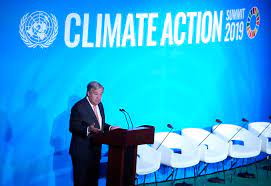Historic Peace Agreement Signed in Middle East

Historic Peace Agreement Signed in Middle East
In a moment hailed as a turning point in modern diplomacy, a historic peace agreement was signed this week in the Middle East, bringing an end to decades of hostilities between two long-feuding nations. The agreement, brokered with the help of international mediators, has been praised globally as a bold step toward regional stability, cooperation, and a hopeful future.
The accord was signed in a highly symbolic ceremony attended by heads of state, foreign ministers, and representatives from the United Nations and other global institutions. After years of failed negotiations, the two countries agreed to normalize diplomatic relations, open embassies, facilitate trade, and engage in mutual security arrangements aimed at preventing future conflict.
At the core of the agreement is a commitment to peaceful coexistence, respect for sovereignty, and the renunciation of violence as a political tool. Both governments have pledged to end hostile rhetoric, halt military aggression, and begin cultural and economic exchanges. The agreement also includes provisions for joint efforts in combating terrorism, managing water resources, and investing in infrastructure across borders.
The breakthrough followed months of secret backchannel discussions and high-level negotiations. International actors, including the United States, the European Union, and regional powers, played key roles in bridging divides and providing guarantees that helped build trust between the rival parties. Observers believe that the shifting geopolitical landscape—marked by new economic alliances and shared concerns over regional threats—helped create an environment ripe for compromise.
Reactions to the peace deal have been overwhelmingly positive, with global leaders expressing support and optimism. Stock markets across the region responded favorably, and humanitarian organizations praised the agreement as a potential lifeline for civilians affected by years of conflict.
However, challenges remain. Skeptics warn that deep-rooted mistrust and unresolved issues—particularly regarding displaced populations, borders, and historical grievances—could still derail the peace process. To that end, a series of follow-up talks and confidence-building measures are planned to sustain momentum and address sensitive topics gradually.
For many in the region, the signing of this peace agreement is more than a political move; it is a symbol of hope. After years of conflict, there is a new sense of possibility that dialogue and cooperation can prevail over division and violence—ushering in a future defined not by war, but by peace and shared prosperity.